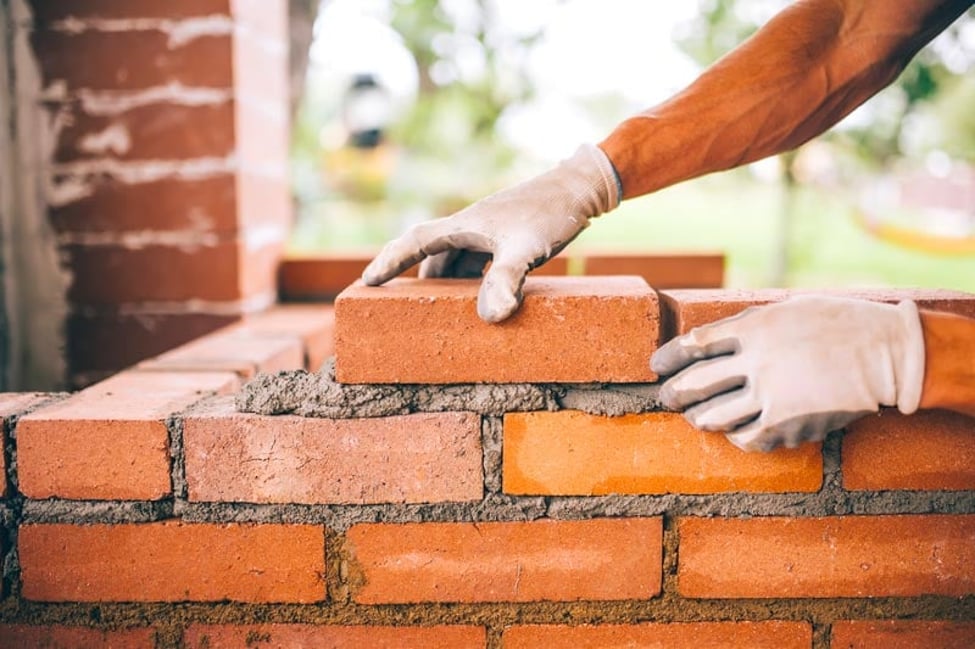The exterior siding of your home is not only its first line of defense against environmental elements but also a key factor in its aesthetic appeal. While options like Hardie board, vinyl, or veneer are common, they may lack the durability and distinctiveness that homeowners desire. For those seeking a balance of durability and unique aesthetics, the choice often comes down to stucco vs brick.
Understanding Stucco and Brick
Stucco, a mixture of aggregates and binding agents including cement, sand, water, and sometimes lime, offers versatility in colors and textures. It boasts a lifespan of over 50 years, performs well in hot and dry regions, and is moderately fire-resistant. However, it may take longer to cure than brick and is prone to cracks, necessitating routine maintenance.
Brick, made from fired clay, exudes timeless aesthetics, requires minimal maintenance, and can last for centuries. It offers high fire resistance, retains its value over time, and withstands harsh weather conditions. Yet, brick comes with limited color options and is more expensive to install compared to stucco.
Appearance, Cost, and Durability
Brick epitomizes elegance and reliability, with a classic, timeless appeal that doesn't require painting. However, it offers limited color choices and can incur higher maintenance costs if painted. In contrast, stucco provides versatility in appearance, allowing for easy customization with various colors and patterns. While stucco installation costs are lower than brick, its maintenance needs, including repainting every decade, should be considered.
Regarding durability, both materials have distinct strengths. Stucco fares well in hot, dry regions but may develop cracks in tremor zones. On the other hand, brick withstands colder weather and earth vibrations better than stucco. While stucco boasts a lifespan of around 50 years, brick can last centuries with proper installation and maintenance.
Energy Efficiency, Environmental Impact, and Installation
Both stucco and brick offer relatively low energy efficiency, rated below wood siding in terms of heat flow resistance. Additional insulation materials can be incorporated to enhance their efficiency. Concerning environmental impact, brick, despite its resource-intensive manufacturing process, stands out for its longevity, making it a sustainable choice. Stucco, while made of natural materials, falls slightly short in sustainability compared to brick.
Installation of stucco involves applying multiple coats by hand, while brick requires precise arrangement and mortar bonding, making both processes time-consuming. Professionals are recommended for installation to ensure proper curing and longevity.
Maintenance, Return on Investment, and Safety
Both stucco and brick are susceptible to moisture absorption, potentially leading to mold growth. However, brick requires regular cleaning to prevent vegetation and mold accumulation. Stucco may require repainting every decade, depending on climate conditions.
Regarding return on investment (ROI), brick tends to yield a higher resale value compared to stucco in many markets. Brick offers better insulation, heat resistance, and fire containment, making it a safer choice for homeowners.
Sound Proofing Capabilities
Brick surpasses stucco in soundproofing, boasting a higher sound transmission class (STC) rating. However, both materials can enhance their soundproofing capabilities with additional building materials.
Choosing between stucco and brick for your home's exterior involves weighing various factors, including appearance, cost, durability, energy efficiency, environmental impact, installation, maintenance, ROI, safety, and soundproofing. Consulting professionals can provide invaluable guidance in making an informed decision tailored to your preferences and requirements.

